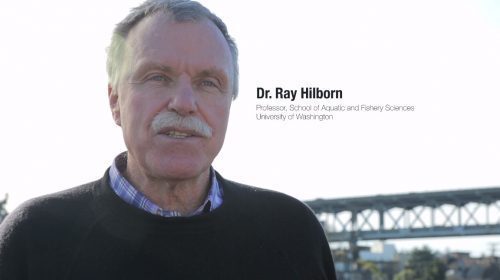September 10, 2018 — How much of the world’s oceans are affected by fishing? In February, a team of scientists led by David Kroodsma from the Global Fishing Watch published a paper that put the figure at 55 percent—an area four times larger than that covered by land-based agriculture. The paper was widely covered, with several outlets leading with the eye-popping stat that “half the world’s oceans [are] now fished industrially.”
Ricardo Amoroso from the University of Washington had also been trying to track global fishing activity and when he saw the headlines, he felt that the 55 percent figure was wildly off. He and his colleagues re-analyzed the data that the Global Fishing Watch had made freely available. And in their own paper, published two weeks ago, they claim that industrial fishing occurs over just 4 percent of the ocean.
How could two groups have produced such wildly different answers using the same set of data? At its core, this is a simple academic disagreement about scale. But it’s also a more subtle debate that hinges on how we think about the act of fishing, and how to measure humanity’s influence on the planet. “I think this discussion really shows how little we know about the world’s oceans and why making data publicly available is so important for stimulating research,” says Kroodsma.
As ships traverse the oceans, many of them continuously transmit their position, speed, and identity to satellites. This automatic identification system was originally developed to prevent collisions, but by training Google’s machine-learning tools on the data, the Global Fishing Watch (GFW)—an initiative led by the nonprofits Oceana and SkyTruth—can identify different kinds of fishing vessels, and work out where they’re dropping their lines and nets.
Read the full story at The Atlantic

